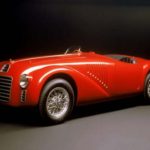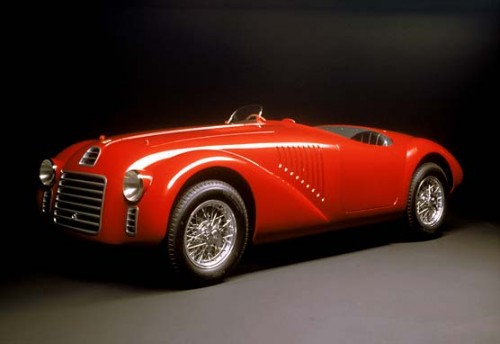Ferrari 308 GTB 1975 - 1985 - Car history
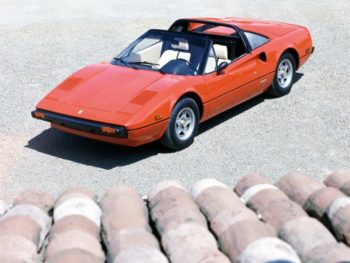
Ferrari 308 GTB
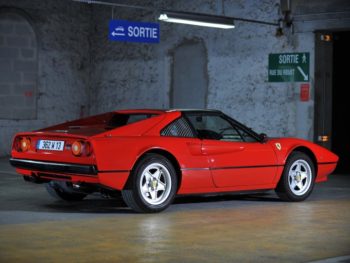
The first 308 series had four dual-carb carburetors, 14-inch wheels and fiberglass body
The small car easily won customers not only in appearance and performance, but also at a relatively good price, so the factory was one to meet the demand. That is why the production was relocated to the famous body of Scaleti.
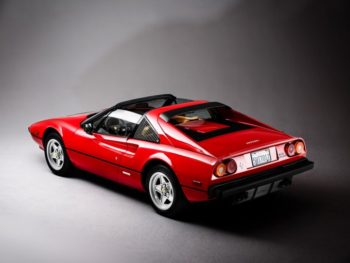
The endless beauty of the lines is signed by Pininfarina Studio
That's how the Ferrari 308 GTB was born. It was designed by Pininfarina studio artist Leonardo Fioravanti. His desire was to construct an aggressive sports car balanced by elegant and proportionate lines.
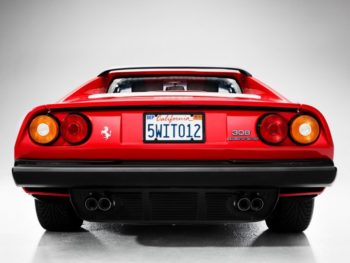
Quatrovalvole - four-valve version per cylinder, of course
It was manufactured in the Skaleti body, and it is interesting that initially the complete body was made of reinforced glass fibers attached to a chassis made of tubes and metal profiles.
As a result, the car weighed only 1050 kg. Thanks to so little mass, despite (for today's conditions) the Ferrari 308 GTB's strong engine had very decent performance. The newly developed V8 petrol engine of the three-liter F 106 AB developed 255 bhp in the European version, or 240 bhp in the US market variant.
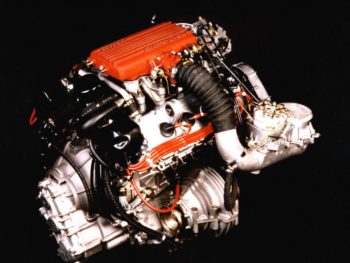
The engine variant for the US market was significantly different from the European one
At the start of production, the Ferrari 308 GTB came standard with 14-inch wheels, while after a few years, 16-inch wheels were offered as an option, with other extras such as a sports exhaust system, pistons with more compression and more aggressive camshafts. It is interesting to note that the engines in the European versions had lubrication over the dry crankcase, while the US versions have the classic crankcase.
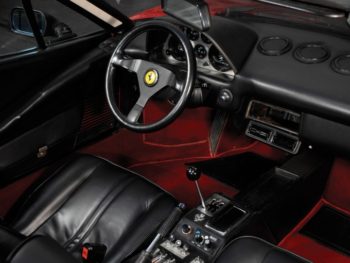
Later version of the Ferrari 308 GTB with a beautiful Momo steering wheel
The first generation of the "308" was marketed "like an alva" for Ferrari terms. From 1975 to 1980, 3219 "berlinets" (of which only 808 with fiberglass bodywork) and 2897 "spiders" were manufactured.
The biggest change for the 1981 sales season was, as we said earlier, the use of a mechanical fuel injection system. The name of the car has been changed to Ferrari 308 GTBi and Ferrari 308 GTSi. Ferrari has literally been forced into this change so that it can meet increasingly stringent environmental standards.
The use of injection directly resulted in a drastic reduction in power. The European variant of the Ferrari 308 had 214, while the American variant had only 205 horsepower. The body design was not changed, except that the rims that were metric with the “Mice XWX” tires were replaced.
This variant was only manufactured for two years. The factory was aware that the car was too weak, so in mid-1982 it introduced a variant with an engine that had four twigs per cylinder. This version is called "quat wave".
The engine in the European version was developing 240 hp, and in the USA version (equipped with catalytic converters) 235 "horses". The Bosch K-Jetronic system was responsible for fuel injection. This variant also brought visible changes to the bodywork.
The front was given a small spoiler and different headlights. The exterior mirrors are different and the rear has additional vents. Also, Ferrari returned the "alloy wheels", "sixteen", and the tires were "mashed P7".
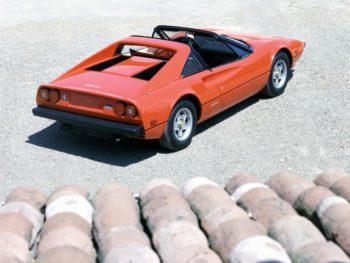
Michelin XWX version
After ten years of producing more than ten thousand manufactured specimens, the Ferrari 308 GTB / S has become one of the best-selling and most successful. However, its value is not only that it has pulled the plant out of financial trouble and maintained a Formula One team, but that it has completely changed Ferrari's image.
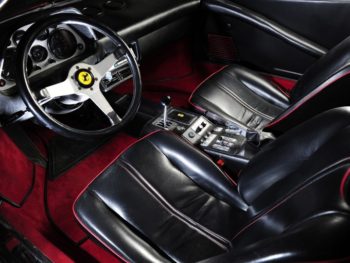
First series 308 cabin
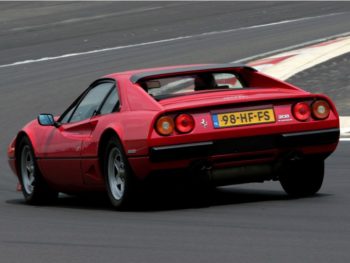
The design of the Ferrari 208 is no different from the 308
That's how the class came about. "ferrari”Which is the most popular and beloved. A car that made competitors like "Porsche" and "Lamborghini" come out of mediocrity and become truly driving machines.
Little brother
In 1980, Ferrari introduced the “208 GTB / S”. It was aimed at markets such as Italy and New Zealand, where tax on purchases and registration taxes increased drastically for cubic meters.
The V8 gasoline got a shorter piston stroke, reducing its volume to 1991 cubic meters, making it one of the smallest V8 engines ever made. With four double-edged "webber 34 DCNF" carburetors, it developed a maximum power of 155 hp. For two years of production a total of 368 copies were made.
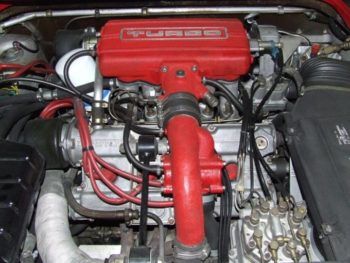
The smallest V8 engine of all time had one turbocharger
Big Brother
In the midst of production of the "308 GTB / S" model, Ferrari decided to join the "Group B" rally madness. On the basis of the serial car, they developed the model "288 GTO", which was used for the approval of the racing variant. The standard version chassis has been extended to allow the V8 bi-turbo engine to be installed longitudinally.
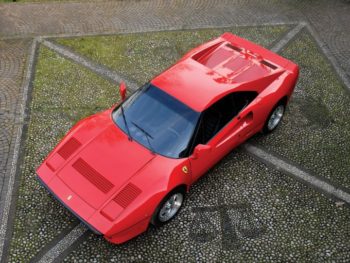
A 2,8-liter petrol engine ran 400 "horses." With numerous modifications to the chassis and suspension, the "288 GTO" has become a true supercar, probably the first truly in the history of motoring. Along with the straightforward successor, the “F40”, is still the most wanted car in the world.
Where did his name come from?
Ferrari names its eight-cylinder models according to the capacity and number of cylinders. Thus, "308" means that the car has an eight-cylinder engine of 3,0 liters. Also, the "288" denies that the car has an "eight" of 2,8 liters, and the designation "208" represents a two liter engine.
The name "GTB" means grand tourism of the berlinet (coupe), and "GTS" means the grand tourism of the spider (convertible). Finally, the legendary GTO designation means grand tourism (h) omoligato, that is, the car was made as a type-approval obligation for racing.
Text: Ivan Katunac
Retrieved from: www.magazinauto.com
Recommendation of similar texts:

Hi there, I am Mladen and I am an auto enthusiast. I started this blog years ago to help like minded people share information about latest cars, car servicing ideas, used car info, exotic cars, and auto technology. You will find helpful articles and videos on a wide variety of cars - Audi, Mercedes, Toyota, Porsche, Volvo, BMW and much more. Ping us if you have anything cool to share on latest cars or on how to make older cars more efficient, or just want to say hi!


